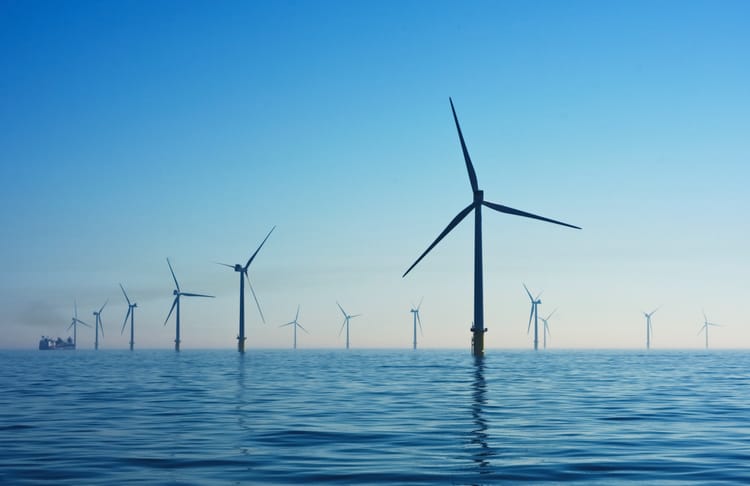Stopping Runaway Climate Disaster (UN Sustainable Development Goal 13)

The United Nations (UN) released 17 sustainable development goals (SDGs) as part of their 2030 Agenda for Sustainable Development. This agenda, and by extension the 17 SDGs, have been adopted by all members of the United Nations in 2015. The goals are areas that need urgent action in both developing and developed countries, ranging from zero hunger to quality education.
This post offers a quick glimpse of the climate SDG and my findings from the Cheltenham Science Festival talk on this SDG.
Disclaimer
By no means am I an expert on this subject. The foundation of this article is from what I have learnt from the Cheltenham Science Festival talk. In the event that I have made a mistake, please feel free to let me know in the comments section.
Sustainable development goal 13: climate action
What is it?
Climate change is a serious threat and, unfortunately, it disproportionally affects the poorest and most vulnerable most. Urgent action needs to be taken.
SDG 13: ‘Take urgent action to combat climate change and its impacts’
As this is a global problem, it is important that all countries work together on this. International co-operation is needed to build stronger resilience and adapt better to climate-related disasters. In 2016, 175 member states signed the Paris Agreement under the United Nations Frameweork Convention in Climate Change. The purpose of this agreement is a global commitment to rapidly increasing the efforts in reducing the speed of climate change and making more investments towards a greener, low-carbon future.
How can we measure progress?
Within this goal, there are various targets and indicators to measure the global progress by.
Progress in 2019
The bottom line is that positive steps forward have been made, but we need a much more aggresive and ambitious approach to tackling climate change.
One particularly stark fact is that between 1998-2017, direct economic losses from climate-related disasters have been estimated at nearly $3 trillion. More importantly, and tragically, climate-related disasters and geophysical disasters took an estimtaed 1.3 million lives.
See here for more information on progress of this SDG.
Not just carbon
We talk a lot about carbon. We hear about companies going ‘carbon neutral’ and people wanting to reduce their ‘carbon footprint’. We definitely should be talking about carbon, but, at least in public discourse, we should also be talking about Nitrogen.
Nitrous Oxide, more commonly known as laughing gas, is produced by the fertilisers we use for crops. It’s a big problem: although fertilisers increase crop yield considerably, Nitrous Oxide is going to stay in our atmosphere for thousands of years. It’s 300 times more powerful than carbon dioxide.
Nitrogen affects the climate, air quality, water quality, biodiversity and human health.
It has been estimated that a cash saving of $100 billion/year would be made if we halve the planet’s Nitrogen waste.
Meat consumption
As incomes in South Asia are rising, more people are increasing the meat consumption. This can be quite damaging to the environment as production of meat and dairy consumes more than plant-based agriculture.
Lots of people will be unwilling to stop eating meat entirely. The good news here is that perhaps people don’t need to do for the health of the planet. There is a rise in the demitarian diet, which advocates cutting meat consumption by a half, hence the word ‘demi’. From a personal perspective, the question may be whether to eat meat. From an environmental perspective, it’s how much.
If in Europe people were to halve the amount of meat and dairy we consume, pollution would reduce by 40%. Additionally, 85% of the harvested Nitrogen goes to feed EU livestock.
Half of the agricultural produce feeds livestock. Only 15% is used to feed people.
Conclusion
Climate change encompasses a variety of things and a lot can be done on both an individual level and a nation level. The examples listed here are amongst a few.
Photo by Mika Baumeister on Unsplash



